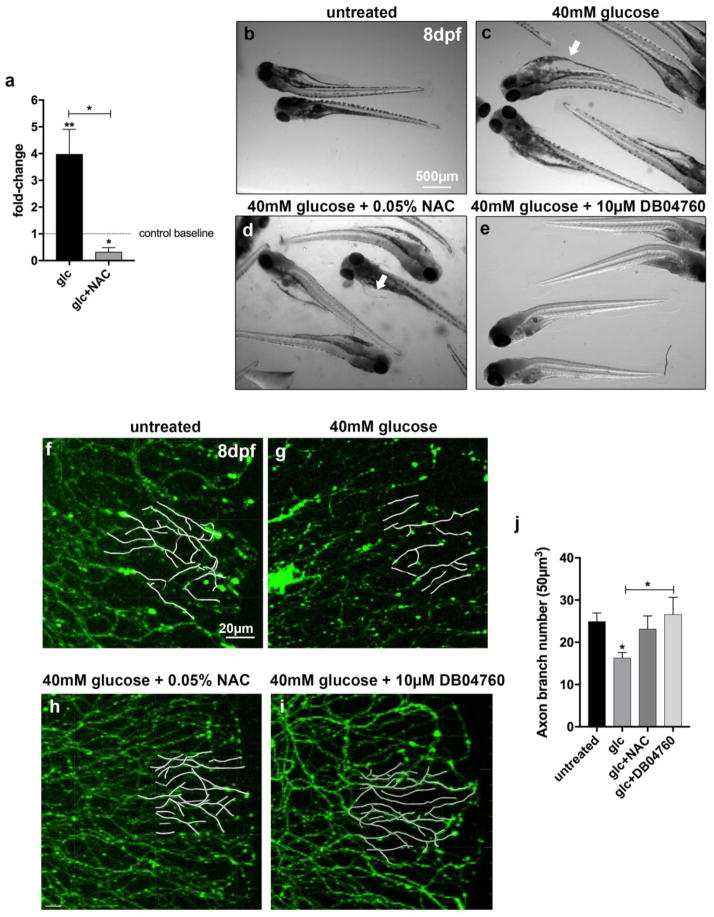Figure 4. Inhibition of ROS and MMP-13 prevents glucose-induced toxicity.
(a) Quantitative PCR comparing mmp13a expression in larval fish treated for 6 days either with glucose (40mM) or glucose (40mM) plus the antioxidant N-acetyl-L-cysteine (NAC, 0.1mg/L) shows that mmp13a expression is significantly upregulated after glucose treatment and downregulated when NAC is co-administered. Asterisks depict comparisons of each group to the control group (control baseline) and brackets indicate comparisons between groups.
(b–e) General toxicity assessment at 8dpf in larval fish either untreated (b) or treated for 6 days with glucose (40mM) (c), glucose plus NAC (0.05mg/L) (d), or glucose plus MMP-13 inhibitor, DB04760 (10μM) (e). Glucose treatment induces cardiac edema (arrow in c), which is partially rescued upon co-administration of NAC (d), and fully rescued upon co-administration of the MMP-13 inhibitor, DB04760 (e).
(f–i) Partial tracings of sensory axons in a 50μm2 area in the distal caudal fin of zebrafish larvae at 8dpf, superimposed on fluorescence images. Larvae are shown untreated (f), and treated for 6 days with either glucose (g), glucose plus NAC (h), or glucose plus DB04760. Glucose induces a loss of axons, which is rescued upon co-administration of NAC or MMP-13 inhibitor.
(j) Quantification of (f–i).
Student’s t-test (a) and One-Way ANOVA with Tukey’s multiple comparisons test (j) was used to compare the treatment groups to the respective untreated control group. Brackets indicate alternative comparisons. The standard error of the mean is shown. *p<0.05, **p<0.01
Abbreviations: Glc: glucose, NAC: N-acetyl-L-cysteine

